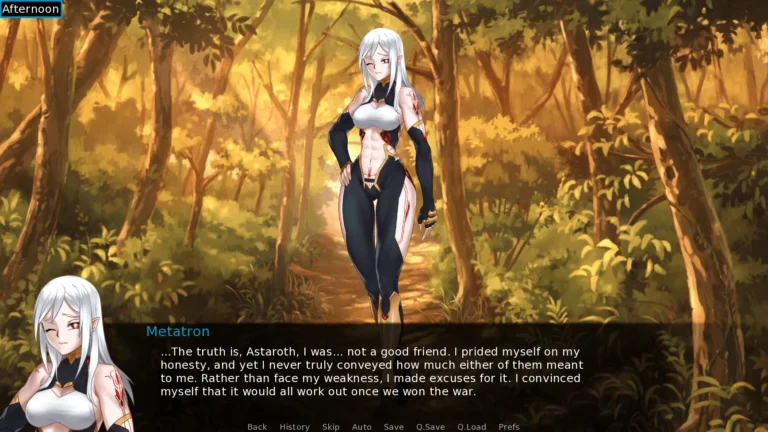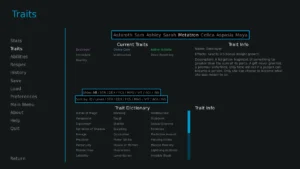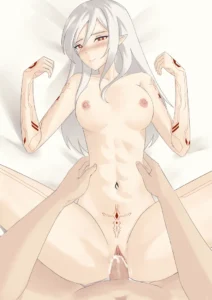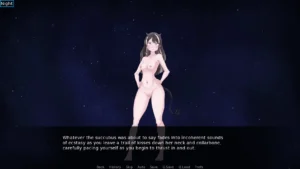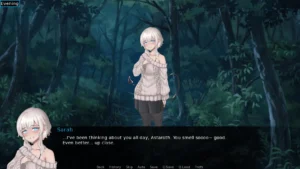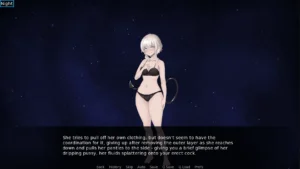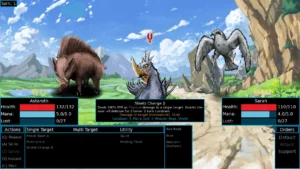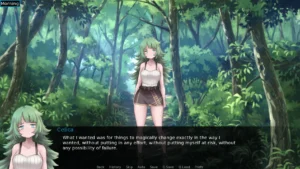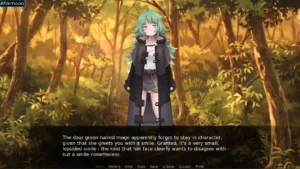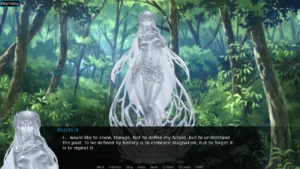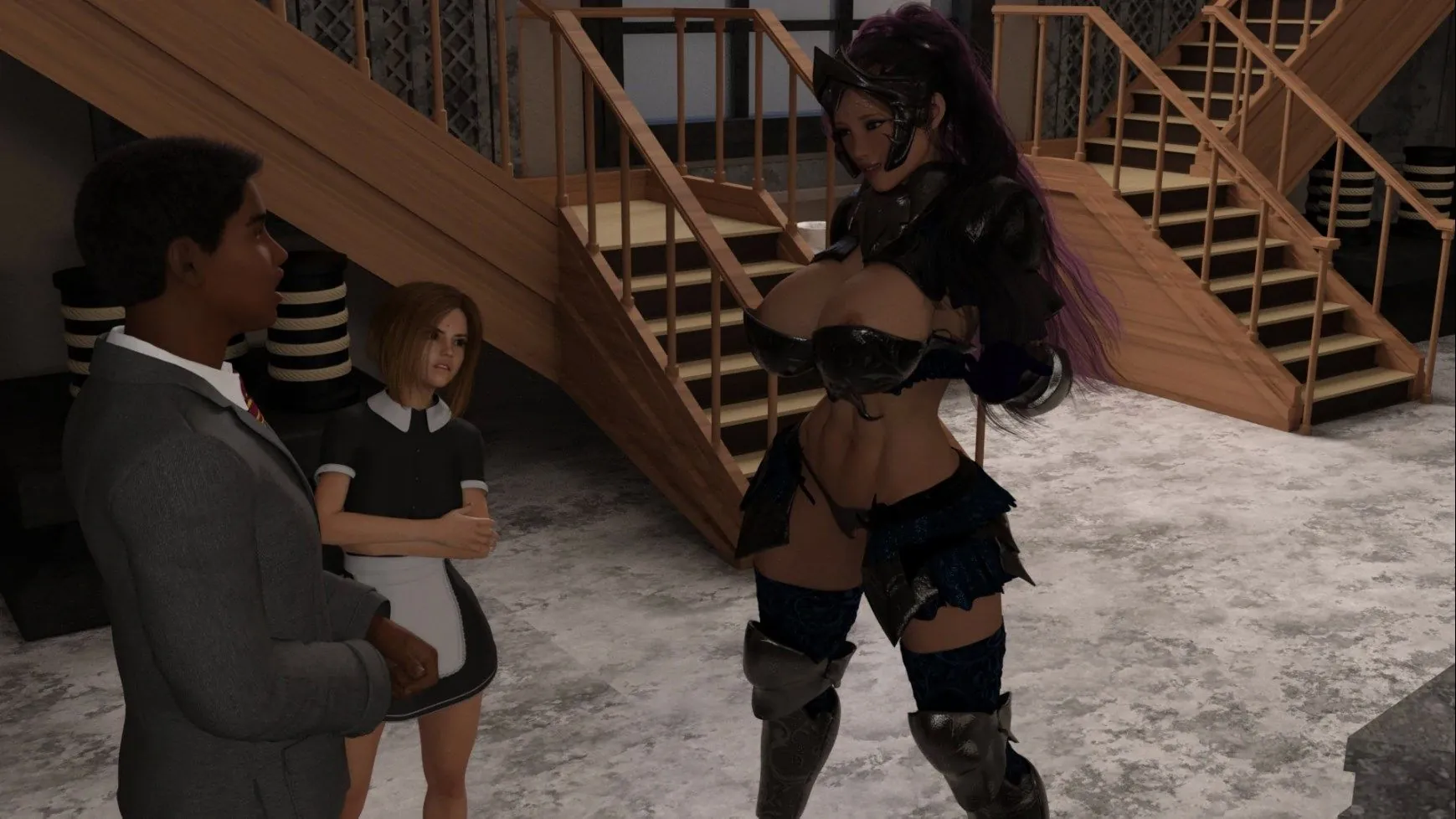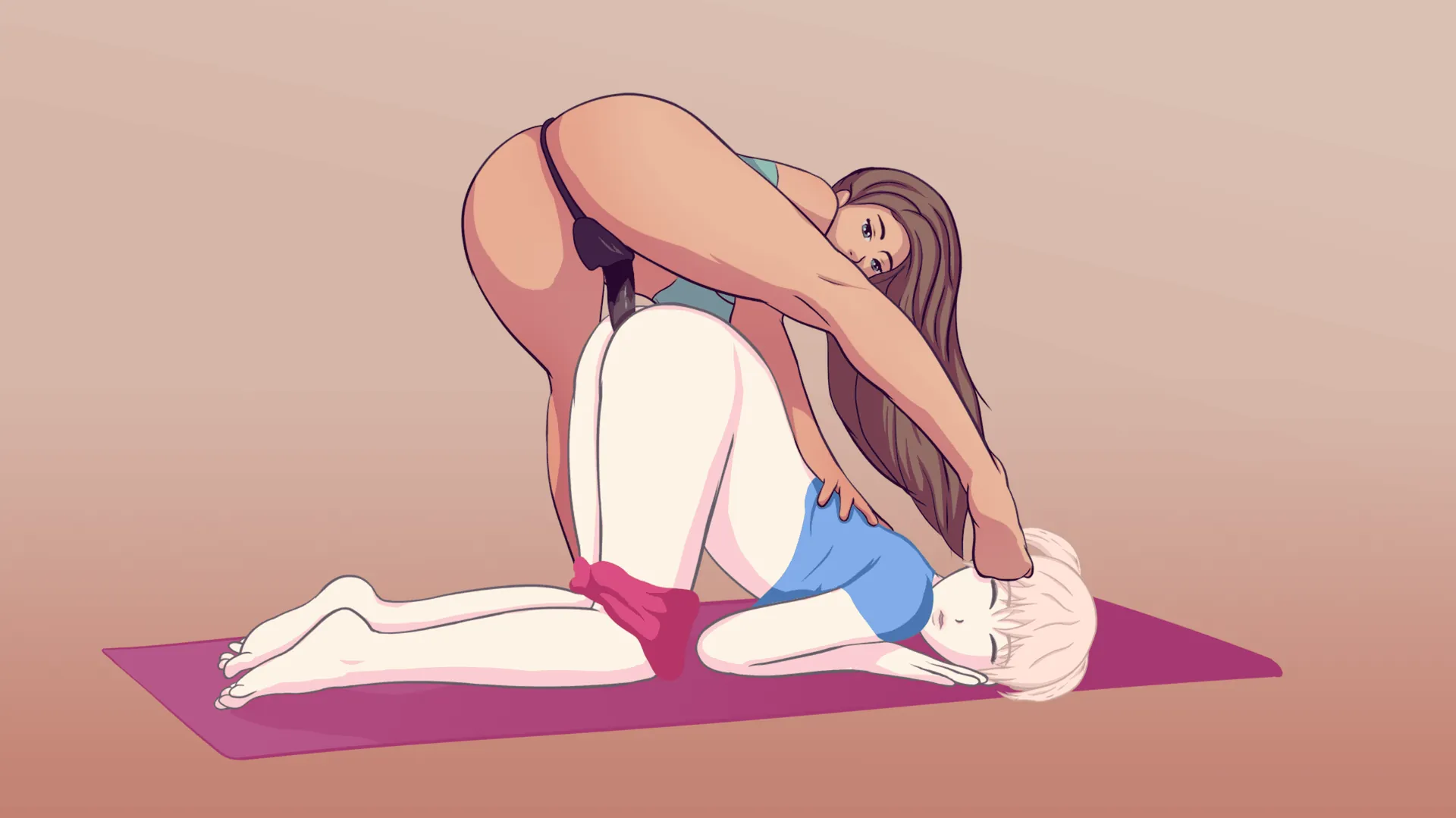
Divine Dawn
Play Divine Dawn
Divine Dawn review
Decoding the narrative depth and cultural debates surrounding this erotic RPG
Divine Dawn has redefined adult gaming by weaving Mayan creation myths and Dantean hellscapes into its erotic RPG framework. As players navigate its intricate narrative of divine beings and mortal desires, the game sparks debates about cultural representation in pornographic media. This article examines how its creators balance sacred symbolism with explicit content through three key lenses: narrative architecture, player agency systems, and ongoing ethical controversies within gaming subcultures.
Sacred Geometry of Desire: Divine Dawn’s Narrative Framework
From Popol Vuh to Pixels: Mesoamerican Myth Adaptations
Picture this: you’re knee-deep in a jungle temple, negotiating with a bloodthirsty jaguar god for a steamy rendezvous instead of a sacrificial ritual. Welcome to Divine Dawn—a game where ancient myths aren’t just dusty bedtime stories, but living, breathing playgrounds of desire. 🌄 At its core, the game’s Divine Dawn mythology sources pull heavily from the Popol Vuh, the sacred Mayan text that’s basically the OG blueprint for cosmic drama.
Let’s get real—most adult games treat mythology like a cheap Halloween costume. But Divine Dawn digs deeper, weaving the Popol Vuh in adult games into something that feels less like fanfiction and more like a sacred remix. Take the Hero Twins, Hunahpu and Xbalanque. In the original text, they’re trickster gods battling underworld lords. Here? They’re your wingmen, guiding you through core gameplay loops that mix puzzle-solving with seduction. Developer Maria Chen puts it bluntly: “We didn’t want to just slap ‘Mayan’ on a title screen. The Twins’ journey is about balance—life, death, pleasure. That’s the heartbeat of the game.”
But how does it hold up mythologically? Let’s break it down:
| Mythic Element | Popol Vuh Source | Divine Dawn Adaptation |
|---|---|---|
| Hero Twins’ Trials | Battling Lords of Xibalba | Seduction-based puzzles to “defeat” deities |
| Xquic’s Role | Mother of the Hero Twins | Player avatar with agency over rebirth |
| Sacred Tree of Life | Symbol of cosmic order | Hub for relationship progression |
The game’s boldest move? Making Xquic, the mythological mother of the Twins, your customizable protagonist. Once a passive figure “resurrected” by magic, she’s now a death goddess turned chaos agent—with a wardrobe that’d make a cenote blush. 🌺 This isn’t just a lore tweak; it’s a statement. By flipping her from symbol to player avatar, Divine Dawn asks: What if myths could evolve with us?
Nine Circles of Intimacy: Dante’s Inferno Influence
Hold onto your laurel wreaths—Divine Dawn doesn’t stop at Mesoamerican lore. It drags Dante’s Inferno into the mix, turning hellfire into foreplay. 🔥 The Dante’s Inferno gameplay mechanics here are wild: instead of descending through circles of torment, you climb tiers of intimacy. Lust isn’t a sin; it’s currency.
Each of the nine circles reimagines Dante’s structure:
– Limbo: Flirty small talk with shades (AKA NPCs)
– Gluttony: Feasting scenes that… escalate
– Heresy: Debating morality with rogue angels
– Fraud: Roleplaying scenarios with shape-shifting demons
Sound intense? It is. But it’s also weirdly poetic. Creative director Luca Moreno admits, “Dante’s hierarchy was about punishment. We asked: what if each circle represented a step toward vulnerability? The deeper you go, the rawer the connections.”
This isn’t just edgy window dressing. The nine-tiered relationship system forces players to confront their own boundaries. Want a casual fling? Stick to Limbo. But if you’re chasing true emotional impact (and the game’s secret endings), you’ll need to brave the lower circles—where mechanics like “confession chambers” and “soul mirrors” expose your choices’ consequences.
Character Arcs: Divine Beings and Moral Complexity
Let’s talk about Xquic character analysis, because oh boy, does she defy expectations. Starting as a vengeful death deity, her arc mirrors the player’s journey from power fantasy to self-discovery. Early game? She’s all quips and conquests. But as you unlock her backstory (via steamy “memory visions”), you realize her bravado masks divine imposter syndrome.
The genius lies in how Divine Dawn handles mythological accuracy in porn games. While Xquic’s leather armor isn’t exactly period-accurate, her struggles echo the Popol Vuh’s themes of rebirth and sacrifice. One standout moment? A dialogue tree where you debate mortality with a version of yourself from the Mayan afterlife. It’s existential, erotic, and oddly uplifting—like therapy with a side of tentacle gods. 🐙
But balancing sacred text with NSFW content isn’t easy. Writer Jamal Owens spills the tea: “We had Zoom calls with Mayan scholars and Dante nerds. One minute we’re debating Xibalba’s architecture, the next, scripting a succubus boss fight. Surreal? Yes. Respectful? We tried.”
So, is Divine Dawn just a horny history lesson? Hardly. It’s a masterclass in narrative alchemy—melting myth into mechanics that challenge and arouse. Whether you’re here for the Divine Dawn mythology sources or the Dante’s Inferno gameplay mechanics, one thing’s clear: this game doesn’t just play with fire. It worships it. 🔥
Divine Dawn challenges adult gaming conventions by demanding players engage with complex moral systems beneath its erotic surface. While critics question its treatment of sacred narratives, the game’s 87% Steam approval rating suggests audiences appreciate its ambitious fusion of myth and intimacy mechanics. As developers prepare the Hell’s Vestibule expansion, players face new choices about desire’s role in cosmic balance. Join our forum debate on cultural appropriation in adult game design.
